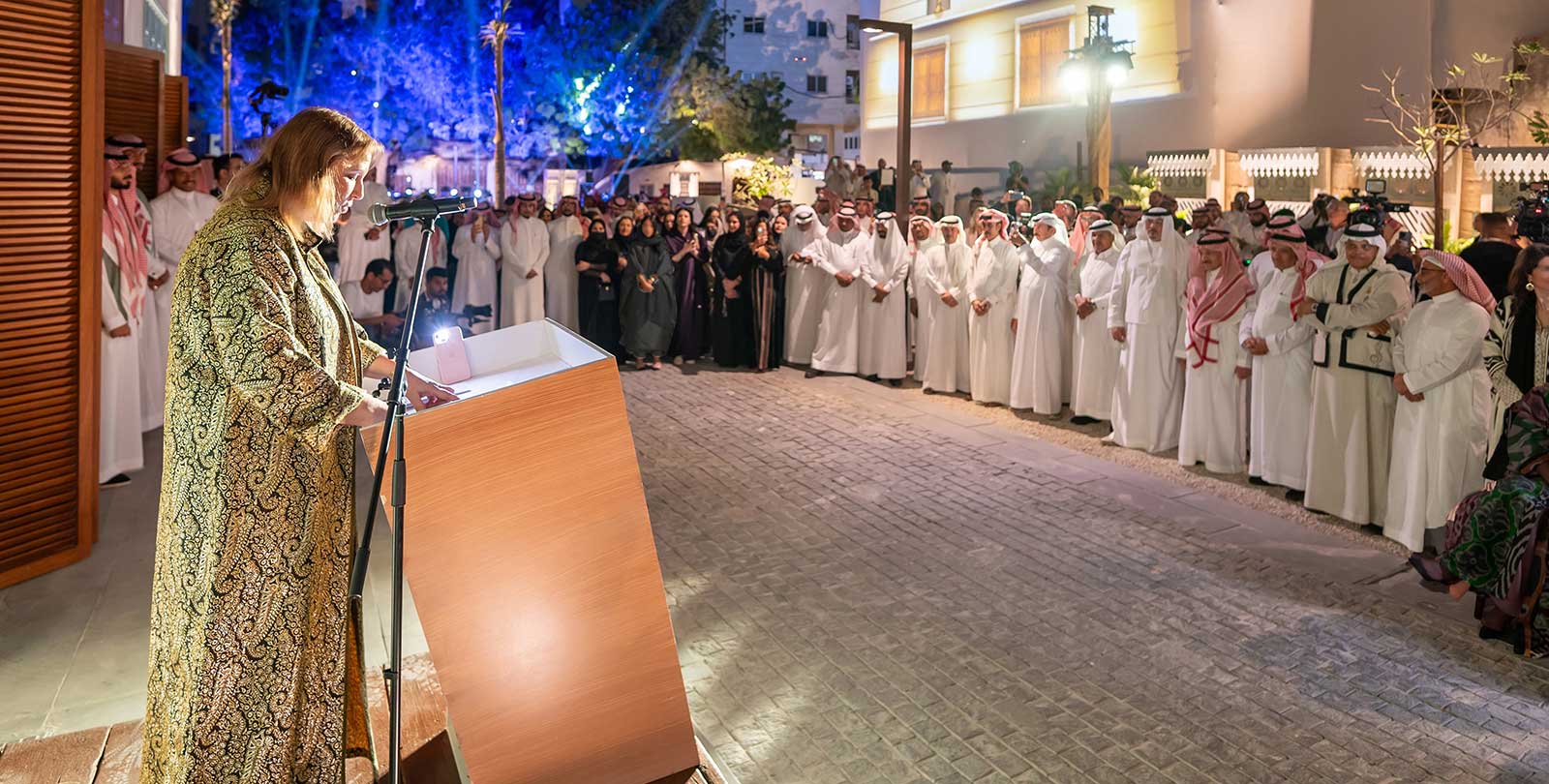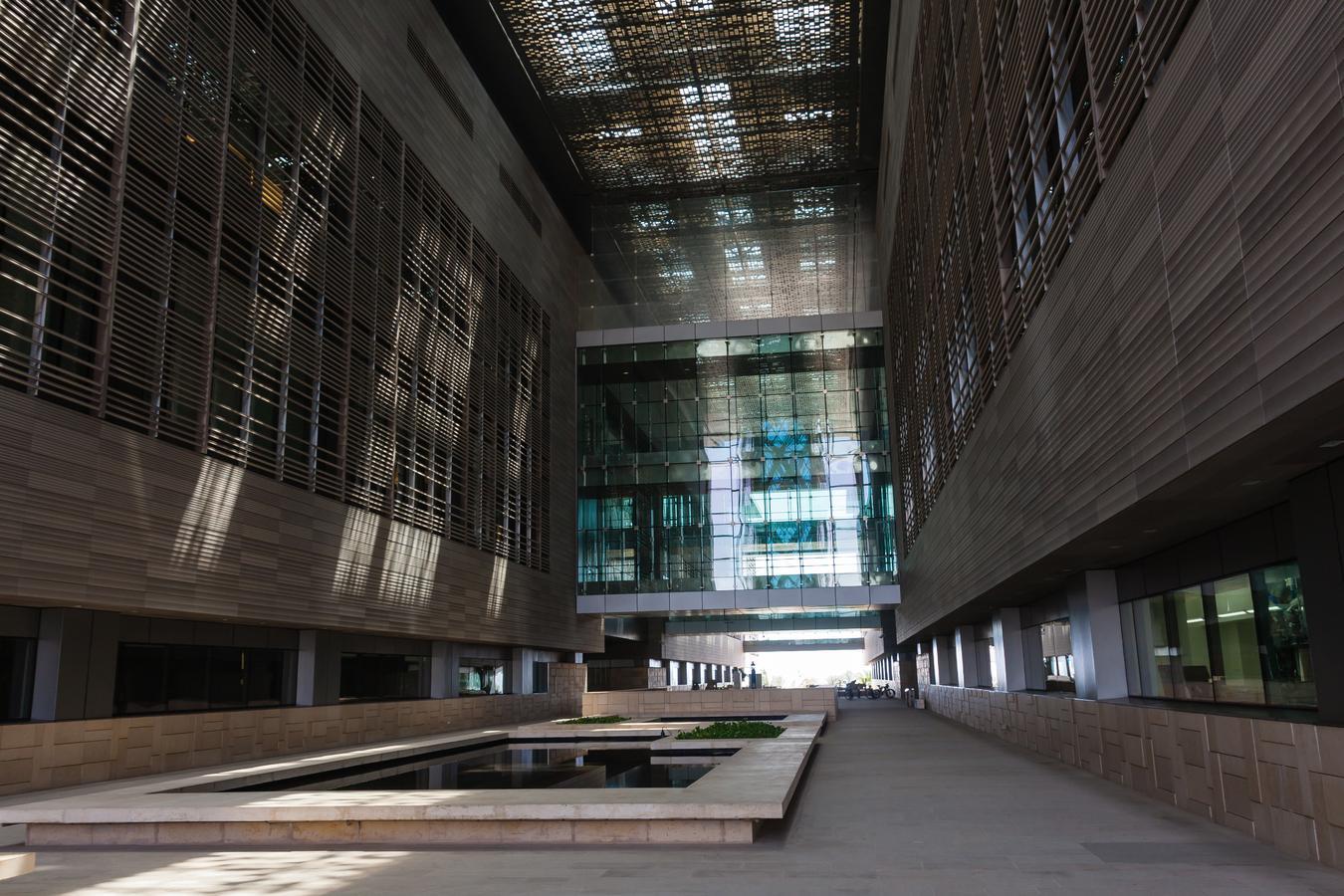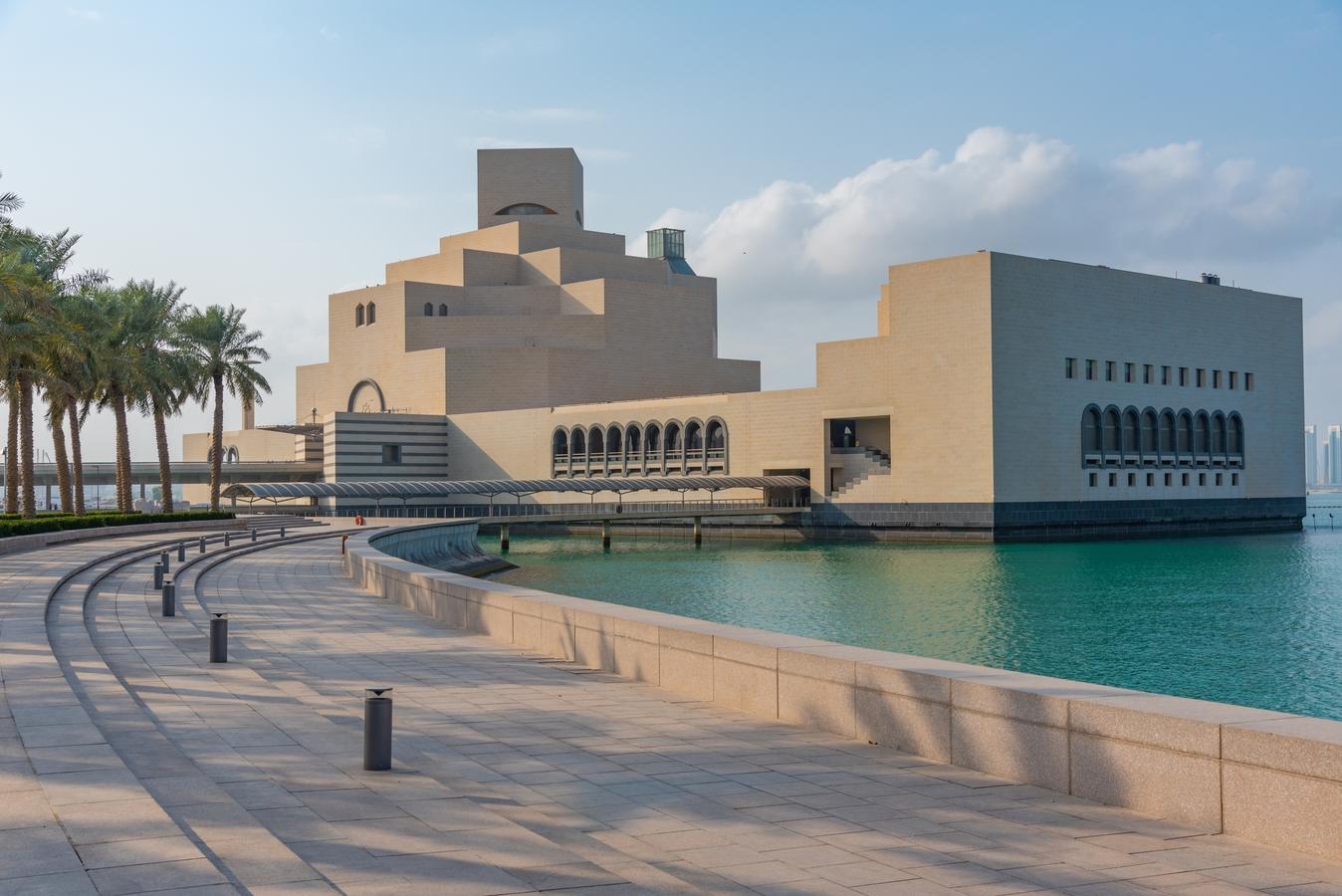The Saudi General Authority for Statistics recently revealed that Saudi Arabia's population reached 36.33 million in 2023, with a density of 16.90 people per square kilometer and a median age of 32.4 years. As the largest country in the Middle East, Saudi Arabia constitutes 0.46% of the global population and ranks as the 41st most populous nation worldwide. This is the first comprehensive census in 12 years, raising questions about its timing and significance in shaping national policies.
For much of its history, Saudi Arabia paid limited public attention to population data. Schools introduced population studies in geography lessons, usually starting in Year 5, and a static figure of 23 million—including 5 million expatriates—was widely accepted for decades. Sparse updates and limited publication meant the value of accurate statistics was underappreciated. This began to change in the early 2000s as economic reforms demanded more precise demographic data to plan workforce strategies and address unemployment. By 2010, the population was estimated at 29 million, but the data’s abstract nature left many Saudis disconnected from its significance. Unemployment and inconsistent growth in health and education services eventually exposed the consequences of neglecting accurate population counts. These shortcomings underscored the need for robust, reliable statistics to inform decisions and improve services.
Historically, Saudi Arabia relied on manual population counts, with census workers visiting households to record data. This method was often fraught with cultural and logistical challenges. Residents were hesitant to share personal information, particularly about unauthorized domestic workers. Female census workers were introduced to address cultural sensitivities, but the process remained incomplete and resource-intensive. Additionally, the absence of advanced statistical infrastructure further hindered accurate data collection. These challenges highlighted the need for a modernized approach to overcome cultural resistance and operational inefficiencies.
The digital revolution has transformed Saudi Arabia’s approach to population counting. Today, integrated digital systems ensure accurate, transparent demographic data collection. This advancement has increased public trust by demonstrating the tangible benefits of accurate statistics. The 2022 census revealed a population composed of 42% foreign nationals, with 63% of Saudis under the age of 30. These insights reflect both Saudi Arabia’s youthful demographic profile and its evolving labor policies. For example, the number of foreign residents declined from 14.6 million in 2016 due to expatriate family fees and the economic effects of the COVID-19 pandemic, which prompted over a million foreigners to leave.
Describing the census as the "most comprehensive and accurate" in Saudi Arabia’s history, Economy and Planing Minister Faisal Al-Ibrahim emphasized its alignment with Vision 2030, Saudi Arabia’s roadmap for economic diversification and societal transformation. Reliable population data is now central to shaping policies, fostering investments, and planning infrastructure projects tailored to a growing society. While the census data highlights challenges like high youth unemployment and the need for skills training, it also underscores opportunities to harness Saudi Arabia’s dynamic workforce for economic growth and innovation.
Public attitudes toward population data have shifted dramatically. Once marked by skepticism, Saudi society now recognizes the critical role of accurate statistics in shaping national priorities. This shift mirrors the Kingdom’s broader embrace of digitalization and modernization, fostering a culture of data-driven decisions. With a median age of 32.4 years, Saudi Arabia’s youthful population presents both challenges and opportunities. By creating jobs, expanding education, and fostering entrepreneurship, the government can channel this energy into driving the country’s economic and cultural progress.
Saudi Arabia’s shift from manual census methods to a digitally integrated system illustrates its commitment to modernization. The 2023 census provides an unprecedented level of demographic clarity, serving as a cornerstone for planning and societal development. As the country balances tradition and innovation, accurate population data will remain a vital tool for addressing challenges and unlocking opportunities. This transformation underscores how digitalization and cultural adaptation are redefining Saudi Arabia’s future, ensuring the nation is prepared for the demands of the 21st century.
As the country balances tradition and innovation, accurate population data will remain a vital tool for addressing challenges and unlocking opportunities. This transformation underscores how digitalization and cultural adaptation are redefining Saudi Arabia’s future, ensuring the nation is prepared for the demands of the 21st century.









0 Comments
No comments yet. Be the first to comment!